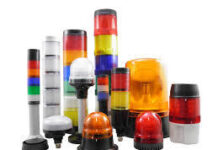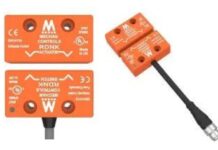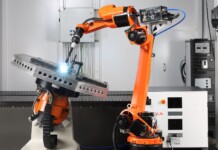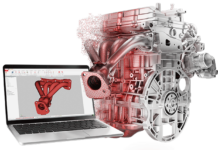Deburring: The Devil’s in the Details
A significant amount of the exchange that takes place between machined part manufacturers and their customers relies on trust. We trust that the parts we 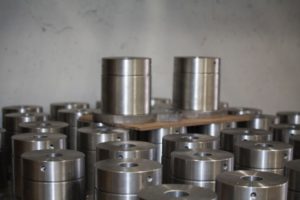 purchase will function as advertised, and at the very least not harm our existing equipment.
purchase will function as advertised, and at the very least not harm our existing equipment.
However, subtle yet essential finishing processes can make or break your productivity, and not every machine shop or parts manufacturer operates under the quality control standards necessary to keep your technicians safe and your equipment functional. When it comes to deburring the sharp edges and irregularities in machined parts, settling for subpar can have serious consequences.
Do Your Deburring Homework
Whether you run your own in-house parts machining operation, or order your parts from another manufacturer, there are steps you can take and questions 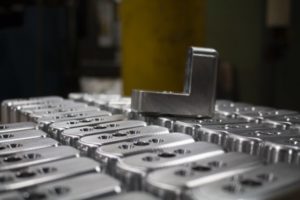 you can ask in order to ensure the proper deburring of the parts you use and sell. According to Erik Atkinson of P.D. Peterka & Associates, a machine shop based in Saukville, WI, deburring is usually done by hand, but there are a growing number of automated deburring machines out there.
you can ask in order to ensure the proper deburring of the parts you use and sell. According to Erik Atkinson of P.D. Peterka & Associates, a machine shop based in Saukville, WI, deburring is usually done by hand, but there are a growing number of automated deburring machines out there.
Though sanding down sharp edges seems like a simple process on face value, manual deburring requires significant skill and technique in order to remove just the right amount of material without damaging the part itself.
Here are a few of the deburring processes that keep parts appropriately smooth:
- cutting processes
- power brushing
- bonded abrasive finishing
- abrasive blasting
- abrasive flow deburring
Cutting processes and power brushing, also known as sanding, are some of the most common deburring methods, while methods like abrasive blasting are considered precision and allow for part tolerance to be maintained. Automated deburring, or mass finishing, is sometimes offered by machine shops and is accomplished via barrel tumbling, vibratory finishing, or spindle finishing.
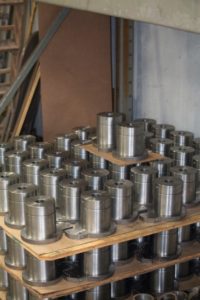
Before finalizing an order, it’s generally good practice to inquire with the parts manufacturer on what kinds of deburring methods are used there, and whether or not they are ideal for your application. To quote Atkinson, “a machine can’t always do everything,” and it’s sometimes better to trust your parts with a highly skilled machinist who can effectively remove any dangerous edges or irregularities while still maintaining the integrity of your part.
At P.D. Peterka, for example, deburring is left to the highest qualified machinists in-house. Like all of their machining and finishing processes, deburring is subject to a uniquely strict quality control protocol, and is primarily carried out by their top Quality Control Manager, Steve Scueder, a machinist with over 20 years of experience. Given that a poorly or improperly deburred part can cut the hands of employees, damage hydraulic equipment, or simply fail to function properly altogether, P.D. Peterka & Associates doesn’t like to take their chances.
Check Your Vendor’s Work
Another way to avoid the consequences of using or selling improperly deburred machined parts is to check the quality of the deburring work done by other  vendors. It’s common practice in the manufacturing industry to outsource the manufacturing of certain parts to other manufacturers, and while that might cut down on costs, it doesn’t mean that we should trust in the quality control standards of other machinists.
vendors. It’s common practice in the manufacturing industry to outsource the manufacturing of certain parts to other manufacturers, and while that might cut down on costs, it doesn’t mean that we should trust in the quality control standards of other machinists.
P.D. Peterka also occasionally utilizes parts from other manufacturers, but not before inspecting and deburring them to their satisfaction. Their customers have come to expert the highest level of quality in the parts they offer, and taking that extra step ensures that P.D. Peterka is able to maintain their reputation and customer satisfaction.
At the end of the day, your customers and employees are going to come to you when something goes wrong, making attention to the details an essential part of ethical and productive machining and manufacturing. Deburring is just one of the processes that allows machined parts to do the work they’re intended for, and whether or not your operation is responsible for the finishing of the parts you use, putting your trust in the right experts and exercising an extra degree of quality control can help you avoid disaster.
About P.D. Peterka
Founded in 1987, P.D. Peterka grew from a small machine shop to a fully equipped outsource manufacturing facility. Located in the USA for all of your outsource manufacturing needs. Machining services range from CNC machine capabilities to intricate manual machining for retrofitting of parts.
For more information, visit www.pdpeterka.com

